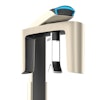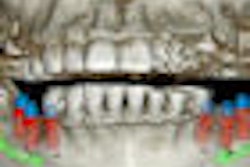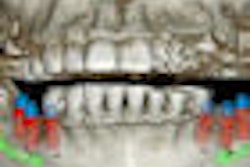Visitors to the Science Museum in London can have their faces scanned in 3D and see what they might look like in another dimension as part of a new program designed to help oromaxillofacial researchers.
The Me in 3D project, part of the Science Museum's ongoing Live Science program, opened January 11 and runs through April 10.
The images taken during the project will be used to form the largest database of 3D facial images in the world and will help with vital research conducted by visiting surgeons from Great Ormond Street Hospital, University College Hospital, and Eastman Dental Hospital and Institute. The photographs will be used to study patterns in face shape, which could help the surgeons improve treatment for patients with facial disfigurement.
"We know a lot about the bones in our faces, but little is known about what makes our face the shape it is and about the skin and muscles that make up our face," said Chris Abela, senior craniofacial fellow at Great Ormond, in a press release. "By collecting as many 3D face photographs as we can, we will have a greater understanding of our complex faces and have greater knowledge to plan and perform the best facial surgery in the future."



















